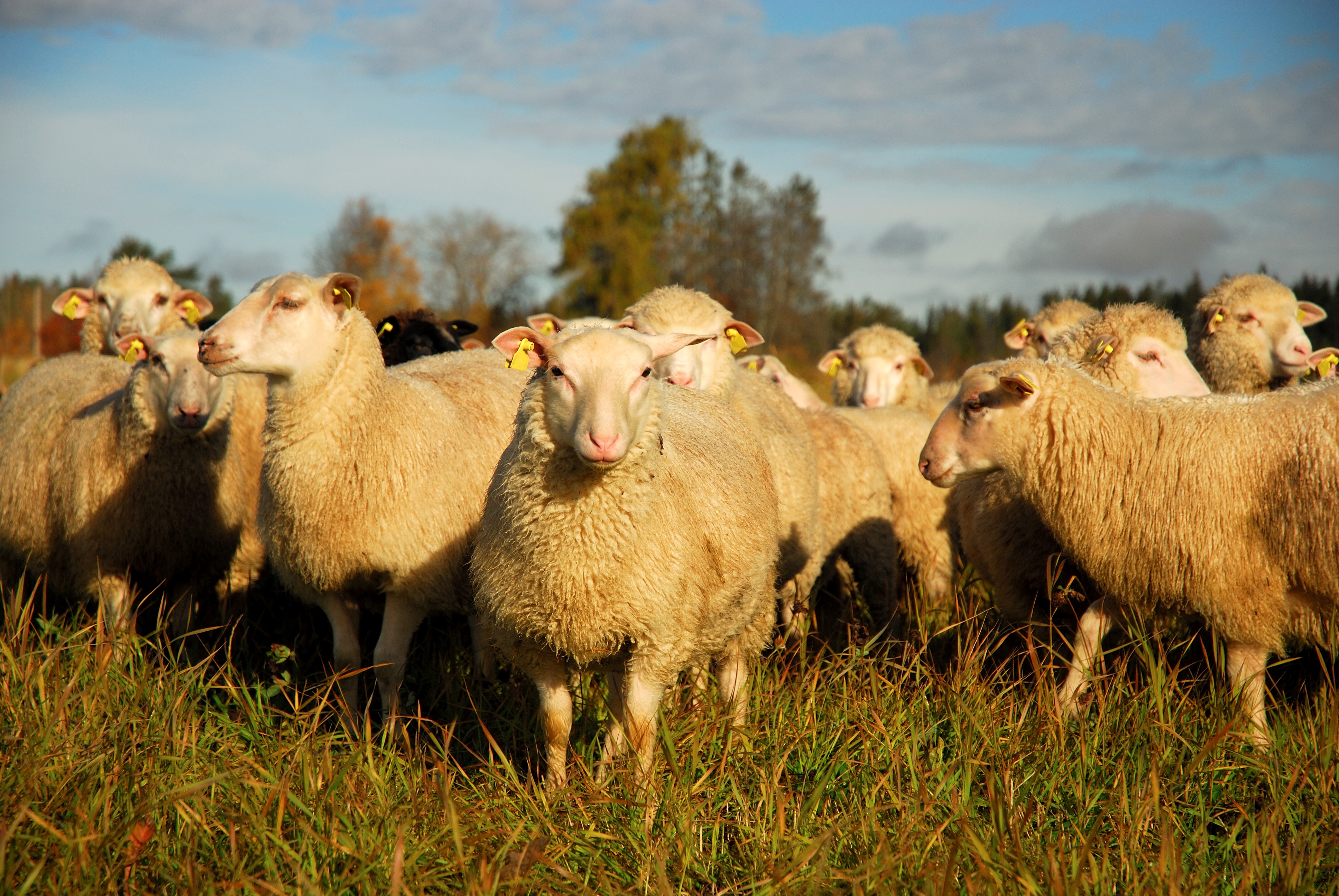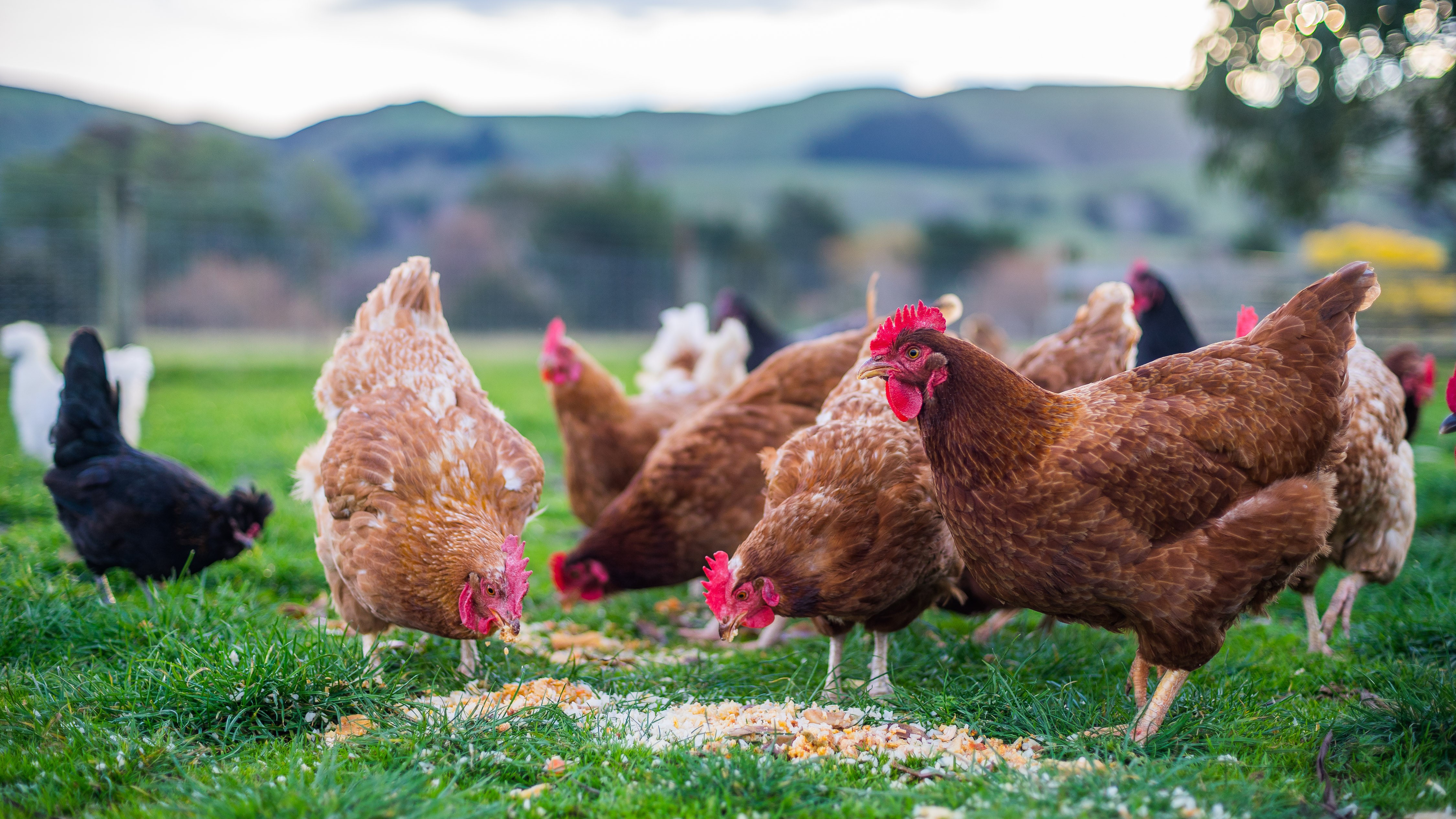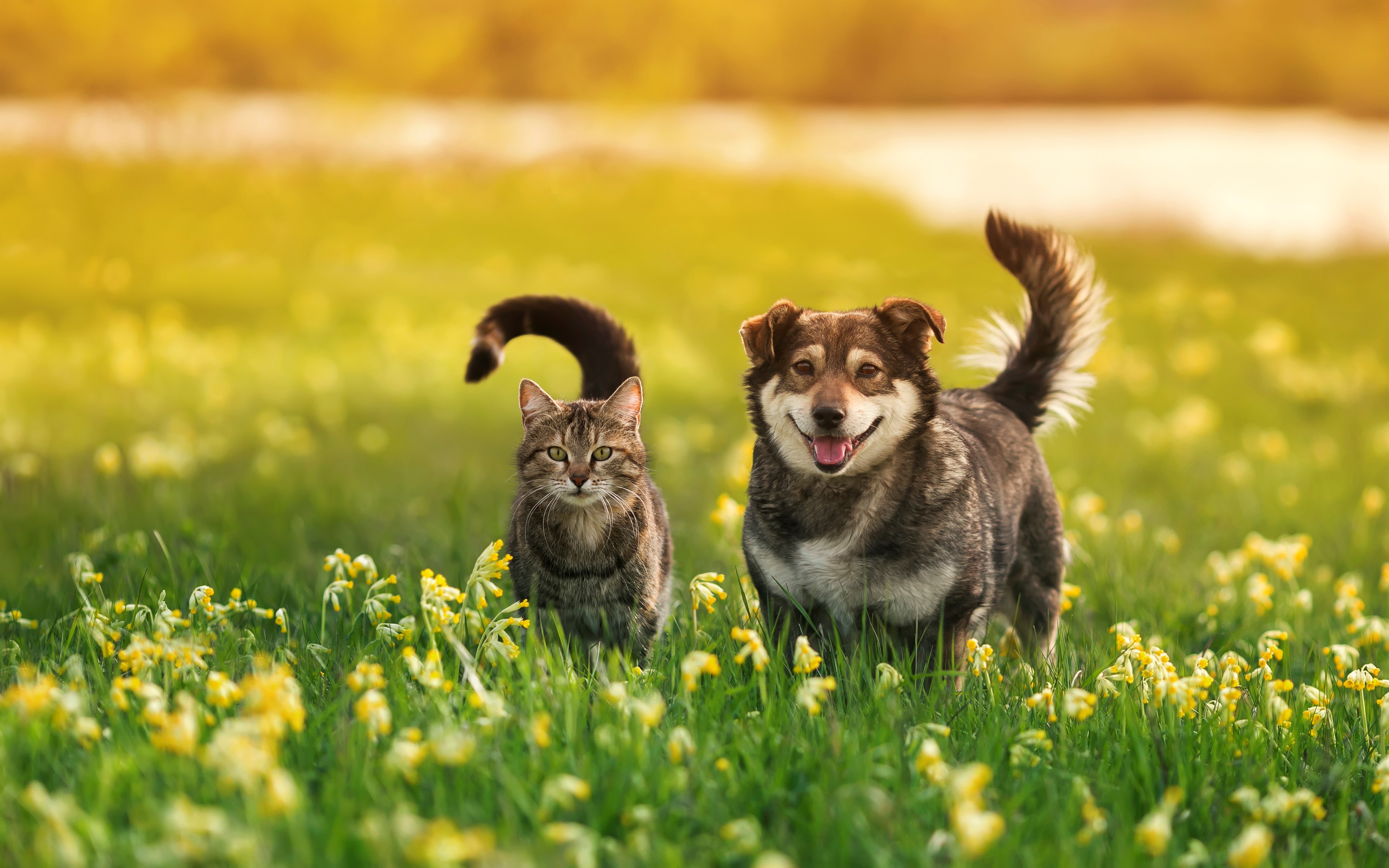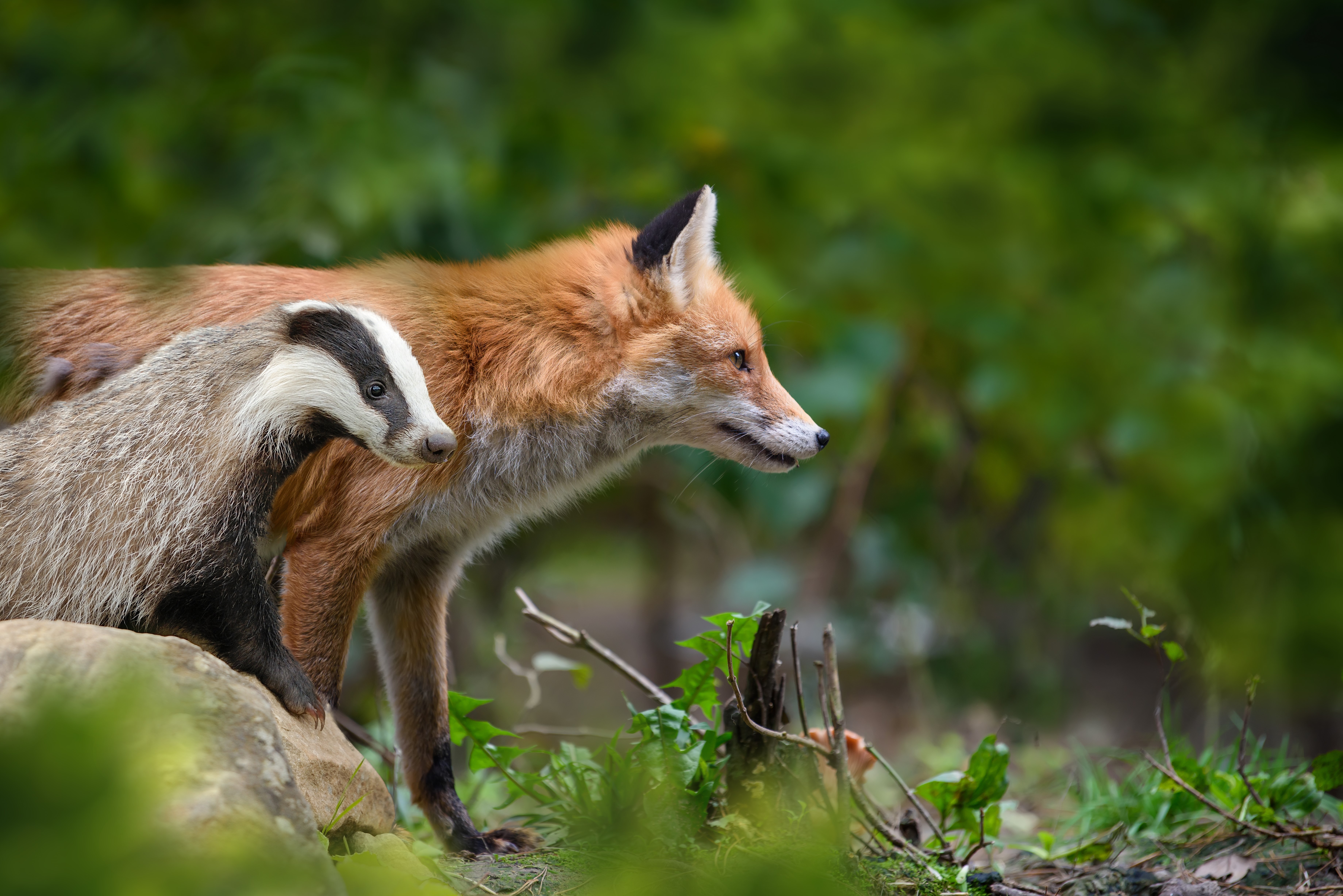Yew poisoning in livestock
Yew trees (genus Taxus) traditionally in Ireland were a feature mainly of graveyards and have been associated with death since pagan time. Yew was also associated with the ancient Greek goddess of death, Hecate.
In recent years due to their dense evergreen foliage, their ability to thrive in many soil types and tolerance to harsh weather conditions yew is becoming very popular for use in gardens both to provide clipped screens and also boundary hedges. Many varieties are readily available in garden centres.
Due to the increased popularity of yew there is an increased chance of livestock coming in contact with this plant either by directly eating the plant from the hedge or through ingestion of discarded clippings. Yew is not readily palatable to livestock however the tender new growth can be enticing and discarded clippings can be consumed easily.
All parts of the Yew are extremely toxic to cattle and other livestock (and for that matter to humans) except the red fleshy part of the berry (while the pip/core of berry is also toxic). However, it is generally the foliage that is most commonly ingested in the cattle poisoning cases investigated by the Regional Veterinary Laboratories
The toxin within yew is called taxine, an alkaloid substance which affects the heart and often results in death of the animal which consumes it. Death from a single mouthful on yew clippings can be seen in as little as a few minutes. It is so quick that differential diagnosis includes anthrax, blackleg and lightning strike.
Diagnosis is obtained by postmortem finding of evidence of yew leaves and or twigs in the rumen.
There is no treatment for yew poisoning so avoidance is the only option.
Remember that yew is not the only plant found in our gardens that is toxic to livestock. It is vital to ensure perimeter fencing between grazing lands and neighbouring gardens is secure and animals cannot reach the hedges across it. Education to the rural community around not discarding garden waste including hedge clippings into ditches or areas that animals may have access is also important.
If you suspect yew poisoning in your animals if appropriate, please move them to a safe area and immediately contact your private veterinary practitioner.






